"Always riven a lot!"
Author:Journal of China Science Time:2022.06.20
Text | "China Science News" reporter Wang Haohao
In the midsummer season, the Huanjiang Mao Nan River Autonomous County, Hechi City, Guangxi was sometimes rainy and sometimes stuffy. In front of the soil rock on a hillside, three people with camouflage clothes and rubber shoes, all over the mud, moved long ladders and other tools.
When I approached, I found that they were not farmers, and the darkness was full of youth. "We are scientific researchers." It turned out that they all came from the Institute of Asia's Subtropical Agricultural Ecology of the Chinese Academy of Sciences (hereinafter referred to as the subtropical ecology).
Huanjiang County is located in the typical karst landform belt in the southwest of my country. The Chinese Academy of Sciences has set up an observation research station (hereinafter referred to as Huanjiang Station) of the Huanjiang Karst Ecosystem, which is established in 2000 by the Asian Tropical Ecology Institute. Recently, a reporter from the China Science News followed the researchers stationed in Huanjiang Station and walked into the wild experimental base in Shishan to learn about their daily scientific research.
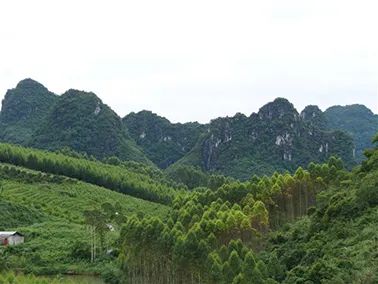
Huanjiang Station Scenery
A pickup truck depends on it
"Be careful of the pit in front of the right", "The branches in front may be drawn to the front of the car" ... Fu Yuxi grabbed the car's ceiling and pulled the hand, while observing the Wang Fa on the steering wheel while observing; The pickup truck cleverly avoided the obstacles; Lian Jin, who was sitting in the back row, was busy organizing all kinds of tools to be used.
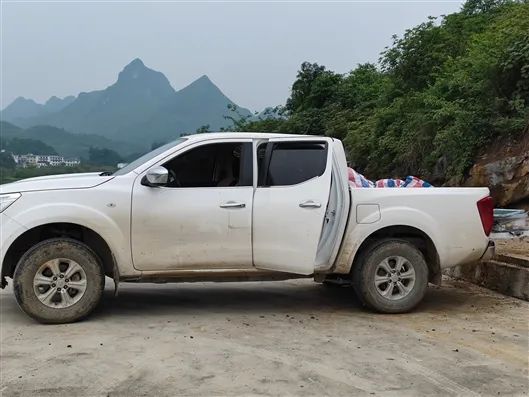
Accompanying scientific researchers to climb the mountains and wading pickup trucks.
Fu Yuxi is a doctoral student at the University of China. Wang and Lian are specially studied assistant and assistant researchers for the Special Research of the Institute of Subtropical Ecology. They are all members of the research team of Wang Hongsong, a researcher team of the Institute of Tropical Ecology.
Huanjiang Station is located in Muliantun, Daicai Township, Huanjiang County. "We often call themselves' people in Tunli." Wang Fa said that in addition to scientific research on the station, they also went to the wild to carry out regional investigations and investigations every year. "At present, we have spent more than a month, and we carried out a survey of vegetation recovery in more than 10 places in the northwest of Gui, investigating and analyzing 20 soil section at 20. Interpretation of Kearster's key band structure information. "
The destination of the three people was a broken rock on the hillside. They have to analyze the hydrological process and its interaction with vegetation by collecting the structural information and vegetation, soil, and rock samples of the section.
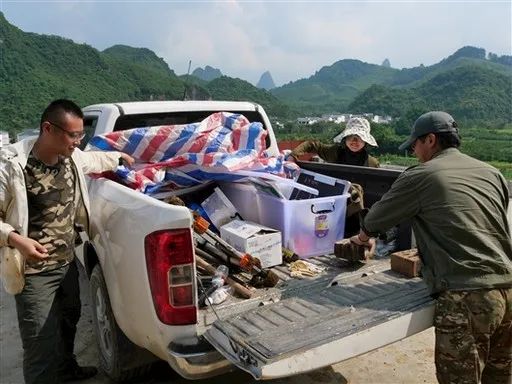
After arriving at the cross section, Wang Fa (left), Lian Jin (middle) and Fu Yuxi began to unload the scientific research tools.
Finding the section is not easy. "The section in front of me took a morning to find it. We named it 'DM1-1'." Lian Jinzhang said that sometimes it may not be possible to find a suitable section one day.

Discuss the location of soil and rocks.
It is only a few kilometers from Huanjiang Station to the DM1-1 section, but half of the road is just opened. There are only shallow ruts. In the last few hundred meters, there are some urgent turns and Dazo. "This kind of road condition is considered good. Pick trucks have accompanied the researchers at Huanjiang Station for so many years, and there are countless dangers." Wang Fa said.
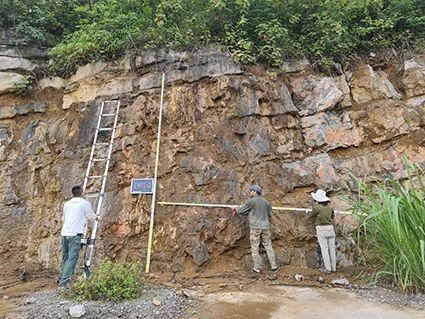
Scientific researchers place the ruler to build the coordinate system.
Open the tarpaulin on the trunk, all kinds of tools are presented in front of the eyes, including ring knives, engineering shovels, small blackboards, iron pupa, etc., small as small as steel nails, as large as ladder, all are all. There are also many "weapons" in the car. Lian Jinzhang said that the most worth mentioning is the mosquito coils of various styles. "Mosquito is active in summer, and it is difficult to escape mosquitoes. The key is to protect it."

Colored soil samples.
"In the past week alone, pickup trucks took us to run more than 2,000 kilometers. Next week, it will take us to Guizhou to collect relevant material samples." Wang Fa said that it was this "working hard" pickup truck with a ring with a ring. A group of scientific researchers on Jiang Station will travel to the dangerous road to help everyone collect precious scientific research materials.

Fu Yuxi boarded the ladder to take the ring sample.
A good body, holding Yan Ri to resist the cold winter
Looking for the section is detailed, collecting samples and data on the cross section must be more careful. First determine the shape and area of the section, and then there are rules, fixed points, photos, ring knives, samples and other links.
When collecting the DM1-1 section data, it was June 9th, and the temperature of the Huanjiang County was as high as 32 degrees Celsius on the same day. When they arrived at the scene at 3 pm, it was the hottest time of the day. Although it was the "post -97", Fu Yuxi could not be eaten quickly. In addition, the whole person stood on a four -five -meter -high ladder, holding a bag with his left hand, a shovel in his right hand, and a few rounds, Douda's sweat beads emerged from his cheeks. But for a few minutes, his clothes were soaked by sweat. Fortunately, he eventually succeeded in a knife -like soil.
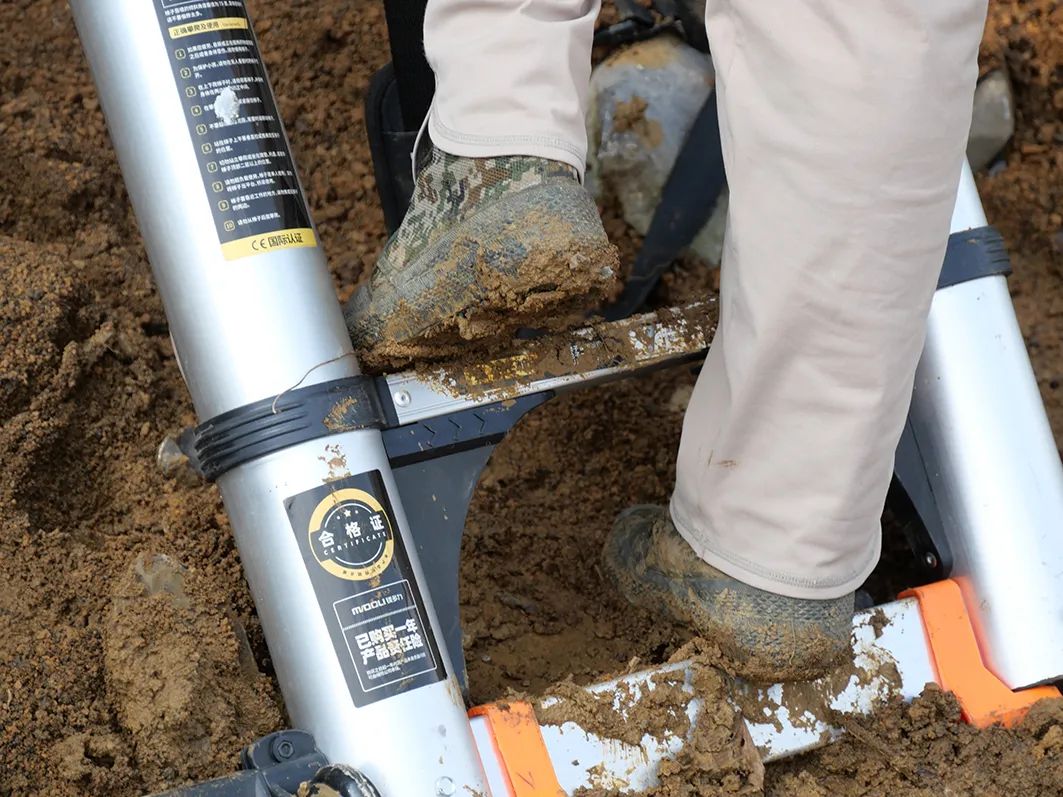
Lian Jinjin's rubber shoes were covered with soil.
After taking the ring -shaped soil, you must also complete the two major tasks of collecting soil humidity and rock core. "The premise of testing the ingredients and nature of the rock is to get a clean stone that has no destructive structure and there is a clean stones. This is a hard work." Lian Jinzhang said that the entire process seems simple, but the process is cumbersome, from fixed -point, calibration, sample samples Collecting and preliminary testing, a section usually takes nearly 3 hours.
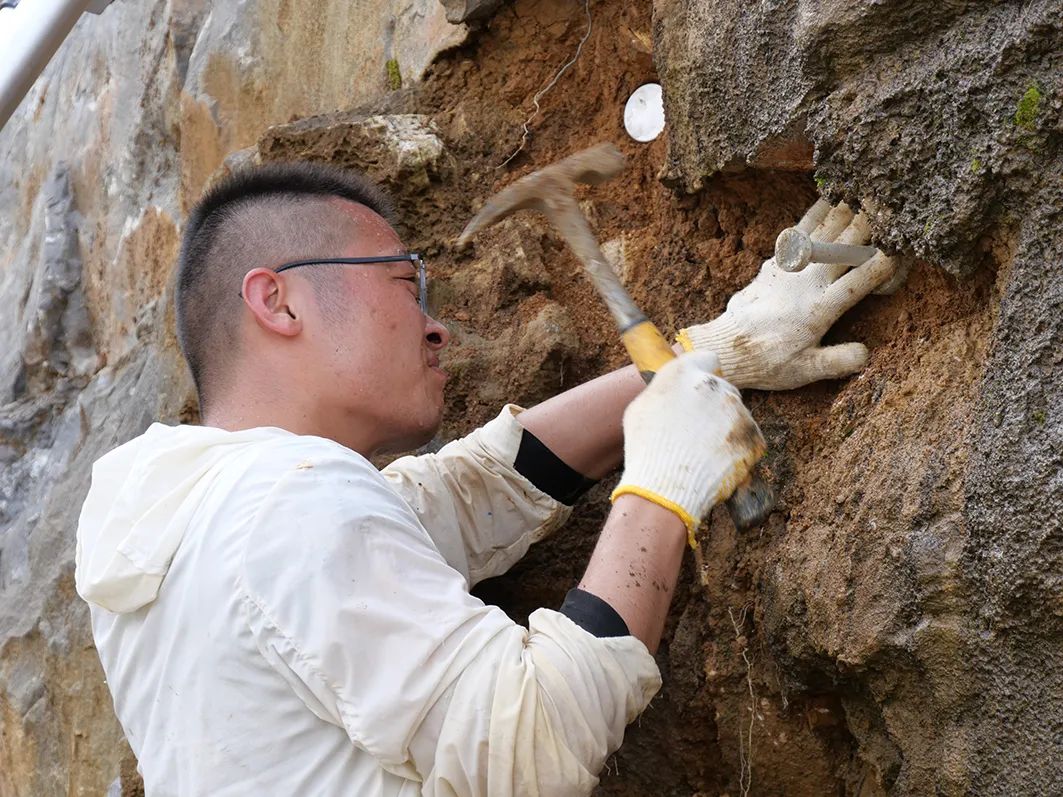
Wang Fa was in a knife.
The mud -covered camouflage rubber shoes, sunscreen stained with red soil ... The equipment of the three people is almost the same, all of which are all "camouflage" clothing. "Ordinary costumes are not 'durable', and they have worn it for a few days. The camouflage clothes are cheap and durable. Almost at least two sets of researchers in the station have at least two sets." Wang Fa will bring a pocket every time the field experiments, "You can install tools such as nails, hammers, etc. in the bag, which is very convenient to use." Wang Fa's white clothes were dyed into soil gray.

"Although the field research is hard, it is also full of fun." Fu Yuxi said that every time wild scientific research is a process of understanding new things. "But sometimes it is dangerous. For example, when the companion was sampled a few days ago, a poisonous snake followed him. Fortunately, the snake was not frightened and did not hurt people."
Wang Fa and his partners were busy until 7:30 pm to finish three breaks as scheduled. "Scientific research, especially in field experiments, the most important thing is to have a good body. I don't adapt to it when I first came to the station. Now I have a thick skin and thick, not afraid of sun Pentilize pickup trucks to rush back to Huanjiang Station. "This rhythm is every day, and I will not sleep at all. I fall asleep when I fall down."
Lian Jinjin's rubber shoes were covered with soil.
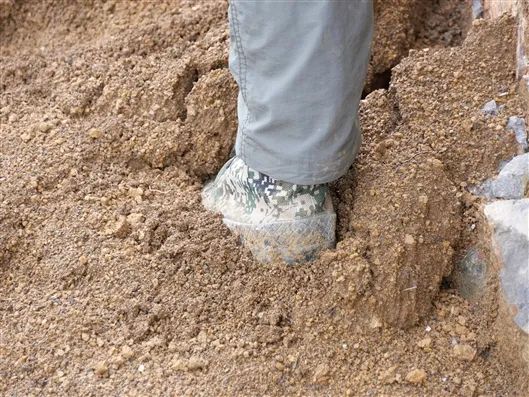
A unable to change the original heart, vowed to contribute to the governance of the stone desertification
"No one forces us to conduct experiments, and no one will urge the progress every day." Wang Fa said that it was the unchanged original intention that drove them on the field of field experiments. "Always riven a while, to make some results."
"In the past 10 years, I work most of my time at Huanjiang Station." Wang Fa, who went to Huanjiang Station in 2013, clearly remembers. "When I first came to the station, the conditions were poor. The road to entering the station was soil. The road, only the tractor can come in. "It was the current situation that Wang Fa decided to stay and contribute to the governance of Guangxi's stone desertification with his own efforts.
Douda's sweat beads flowed from Fu Yuxi's cheeks.

"Although the expansion of the area of the stone desertification has been preliminarily curbed, the ecological effects under the recovery of human vegetation and the development trend of service functions need to be deeply understood to further consolidate the results of ecological construction in the Karster region." The experimental process is long and difficult, but this is the only way to obtain the most basic first -hand information. Only by taking root in the first line of scientific research can be harvested.
Sample scene.

Huanjiang Station is located in the mountains, located in the suburbs of Huanjiang County, and there is nearly 30 minutes of drive from the city. It is inconvenient to go out and shopping. "After a long time, everyone is used to it, and there are always ways to solve problems." From the perspective of Jin Ji, it is not much different from working to work in the prosperous metropolis and work in remote mountainous areas. "I prefer to be quiet places. Why don't you be happy to send love? "
Lian Jinzheng was cleaned up.
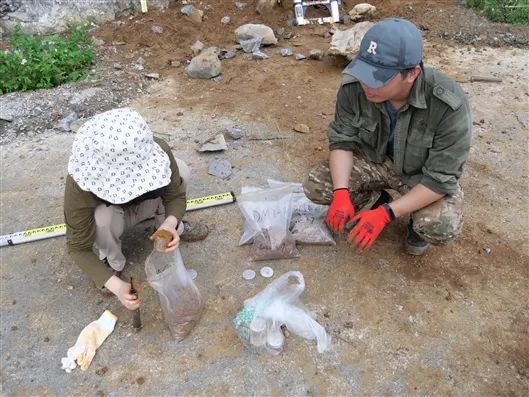
Even if there are many inconveniences, researchers at Huanjiang Station have overcome them one by one. Although they are wearing mud camouflage clothes every day, they turn around the soil and stones all day, but behind the "earth smell" is a big career.
Not only the three of them, in recent years, researchers at Huanjiang Station aim at the forefront of international disciplines of the Karster ecosystem. According to multiple strategic needs such as the western development, comprehensive governance of stone desertification, and precision poverty alleviation, the restoration and reconstruction of the degraded ecosystem in the Southwest Karster region and A series of scientific research achievements of the sustainable development of agriculture have provided strong scientific and technological support for Guangxi's stone desertification governance.
Huanjiang Station around the mountains. This group of pictures was taken by Wang Haohao

"China Science News" (2022-06-20, 3rd edition)
Edit | Zhao Lu
Capture | Zhihai

- END -
Aerospace Xinjiang · Water Image 博 丨 Bole City Sanhe Jiuqiao reproduces charm

Boles City, which was shot in May (shooting).The winding and flowing Boltala River...
City Mayor · Cubs of Traffic | Jinan Cross -yellow Channel has 15 in the future and 26 places, which

New Yellow River Reporter: Chai YingyingA small step in the construction of the br...